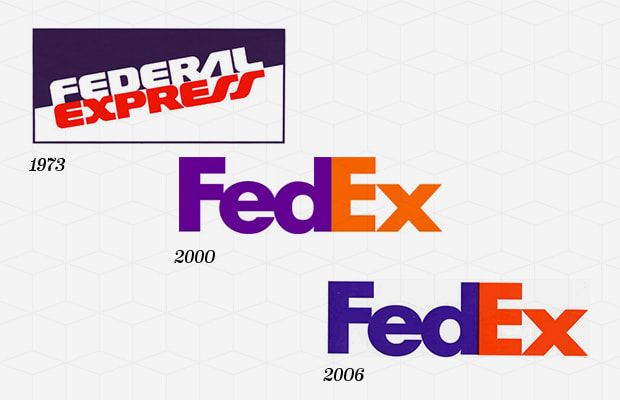We live in a digital age with thousands of resources for creating and sharing. Consumers are increasingly exposed to marketing efforts, and this should be no exception to the small business world. What once was only viable for large corporations, has quickly spread across the internet, allowing even one-person businesses to create a professional website, digitally market on a personalized budget, develop a brand identity, and interact across the globe in real time. With greater market reach than ever before, it only makes sense to seek traffic outside of local consumers.
I come across far too many small businesses with a longstanding history, a great product, and a hardworking owner(s), yet haven’t leveraged any digital platform. I understand that small business owners lead very busy lives, but the importance and long term benefits of digital marketing are only growing.
The digital world differs from the traditional world. Marketers must grasp consumer’s attention in a small timeframe, and an even smaller space, which is why design matters. It’s only natural that the most attractive marketing, storefronts, ads, and products win. Treat your companies’ online portfolio like you would treat your storefront or store interior. Any potential customer should walk in and be impressed. But why stop there, it should also evoke a unique brand image. For example, if you are a bank, you want your tellers to be well dressed and hygienic, which speaks on your brand’s trustworthiness. Same applies to your website. The design should evoke trustworthiness through fonts, styling, colors, spacing, and imagery.
1. Design builds a complete brand identity
Don’t neglect your digital brand identity, it is just as important as any physical asset. A strong digital presence shows your attention to detail and exposes you to greater reach. Your competitors can challenge your products and cost, but can’t (easily) touch your brand identity.
2. Great design is simple and effortless
Let’s explore bad logos vs smart (good) logos. I searched “bad logo” on Google Images. Here’s the top result:

Source: http://www.vandelaydesign.com/examining-bad-logos/
Disclaimer: Picture serves solely as an example.
As you can imagine, this logo looks like it belongs to your local neighborhood pub. The primary issue is the logo itself. It has too much going on, from the shapes, to the spacing, to the font choice, your audience won’t know what to look at. Choose one symbol and stick with it. Second, the image consists of purple, bright blue, and yellow. The colors, when paired with the mascot, lead to a childish result. I don’t think any sports bar wants to associate with children. Lastly, the design doesn’t tell us anything about the brand, other than the fact that they are a sports bar.
Now let’s look at smart/good design:


Source: http://www.complex.com/style/2013/03/the-50-most-iconic-brand-logos-of-all-time/
The common theme is a move from more to less in terms of text, color, and overall design. As a company builds its reputation over time, they let the image speak for itself. You might say, “These are all big brands, I can’t compare myself with them”, but every big business starts small and builds their way up. Furthermore, design principles are universal. Smart design is efficient at conveying its message. It can be as simple as 2 colors and one symbol.
3. Great design is undervalued
Small business owners must recognize that design is a long term investment. It can hold value 10-15 years down the road. On the other hand, factors like cost deteriorate much faster. There will always be a lower cost competitor.
4. Design affects all aspects of your business
Oftentimes, small businesses fall under contract work or service provider, which is not easily presentable due to its intangible nature. However, that actually makes design more important. Remember, design isn’t just imagery, it’s also language and composition. A smart business knows its customer, and designs their language to appeal to their audience.
A service provider with knowledge in design is a step above competitors because they know how to project ideas into the minds of consumers. Whereas, a company that completely ignores design seems robotic and disingenuine.
5. Design changes how your customer's perceive your business
Brand perception plays a big role in how customers make decisions. How customers perceive your product quality can be equally or more important than the actual product quality. Think luxury goods and designer clothing. Your website and its appearance gives out as much of an impression as the product itself. That's why you want to make sure there is a balance between the two. An eye for design can maintain consistency across channels. You might make the tastiest cake in the world, but if your social media pictures and presentation don't translate that way, it will be harder to convince a consumer to come in and try one.

